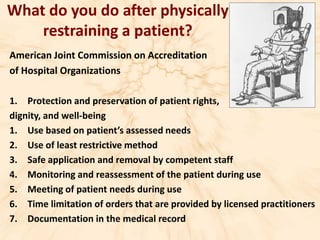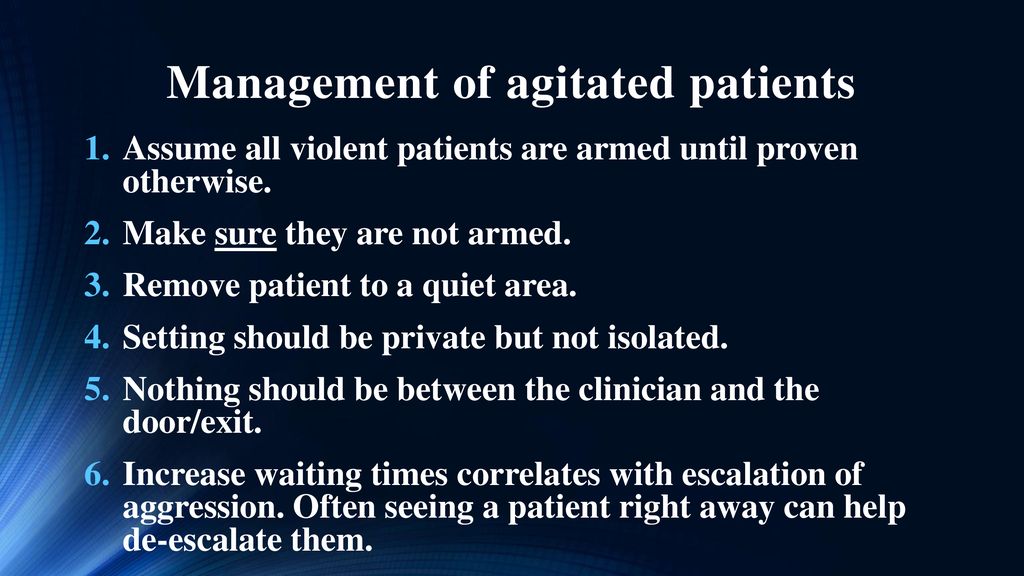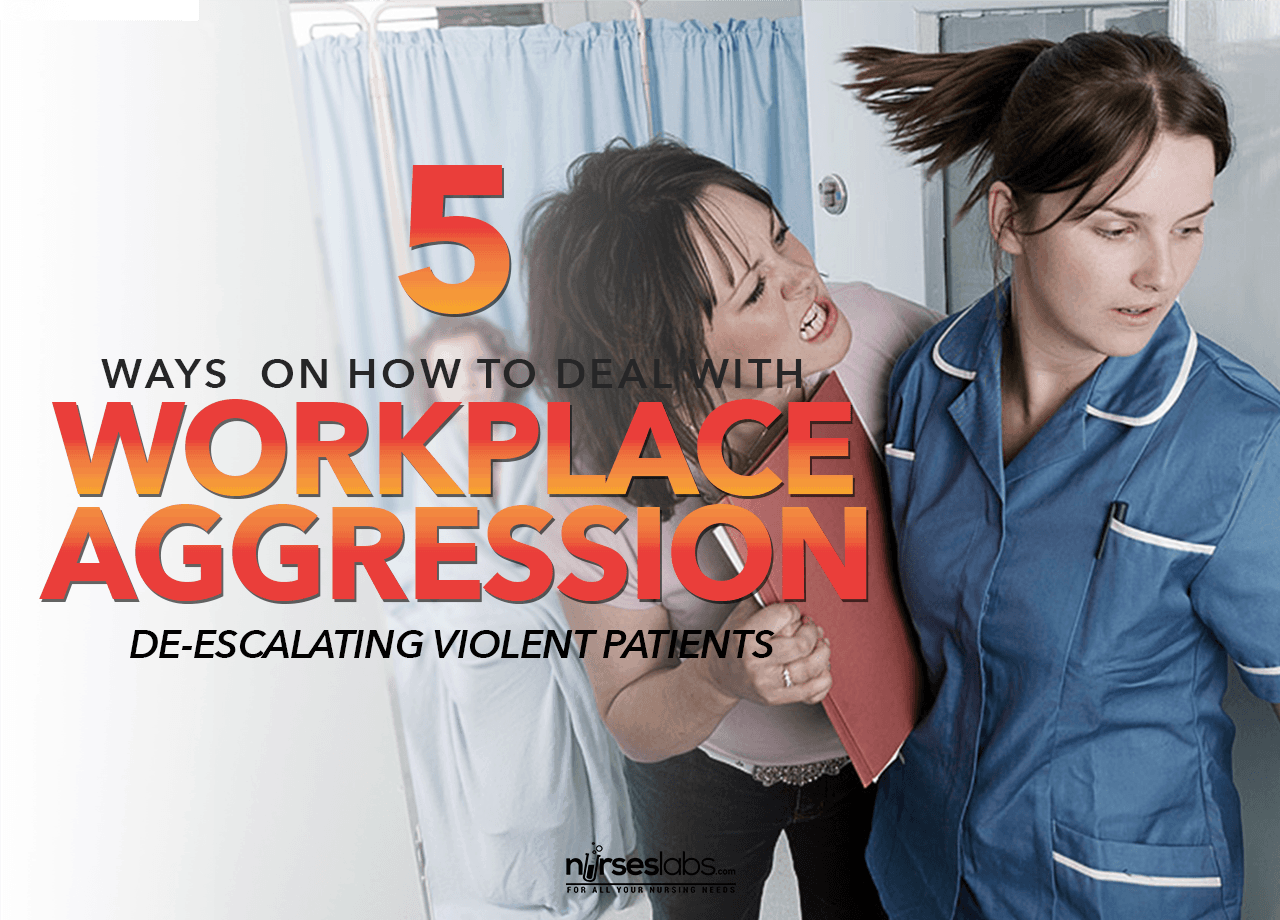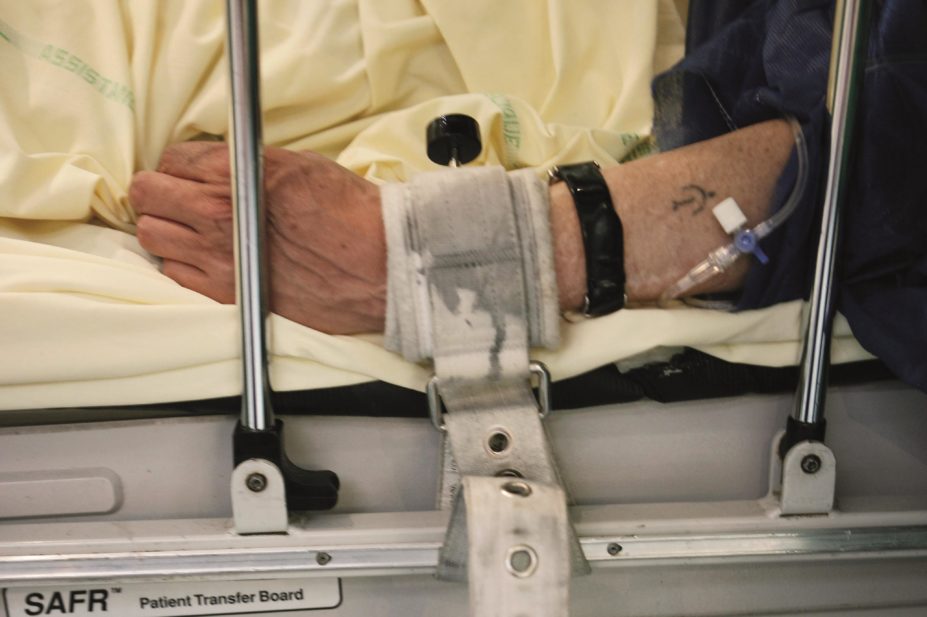Fabulous Info About How To Deal With Violent Patients

Allow the person to keep as much control in his or her life as possible.
How to deal with violent patients. Recommended communication strategies towards patients include: Physical restraint and drugs should only be used as a last resort if the aggressive person poses a danger to himself or others. There are six steps hospital leaders.
In one study, clozapine helped psychotic aggressive patients with executive dysfunction more,. Ask the referring provider to indicate any history of violence or concerns. What to do with a violent dementia patient.
Standing at the interface between medicine, psychiatry and law, the best actions may not be. Household pets can provide companionship when a patient feels lonely, so snuggling up with a furry friend may be a great way to keep their hands busy. Try to keep a routine, such as bathing, dressing, and.
Try to show that you understand if the person is angry or fearful. Don’t take the other person’s anger personally. Find a safe environment if possible, try to move the person.
When it comes to the battle of the street, consider moves that more. Allowing the patient to talk and listening to them often helps, as. Being aware of the potential for violence and building in automatic steps to mitigate that risk is a good place to start.
Standing at the interface between medicine, psychiatry and law, the best actions may not be. The national institute for health and care excellence (nice) guidelines suggest offering staff training so they have the skills to defuse a potentially violent or aggressive situation. Instead, focus on keeping an emotional distance from them.






![Pdf] Management Of The Acutely Violent Patient. | Semantic Scholar](https://d3i71xaburhd42.cloudfront.net/62395975f485cfe343698938e9fd83b8b2f8bfba/3-Table1-1.png)










